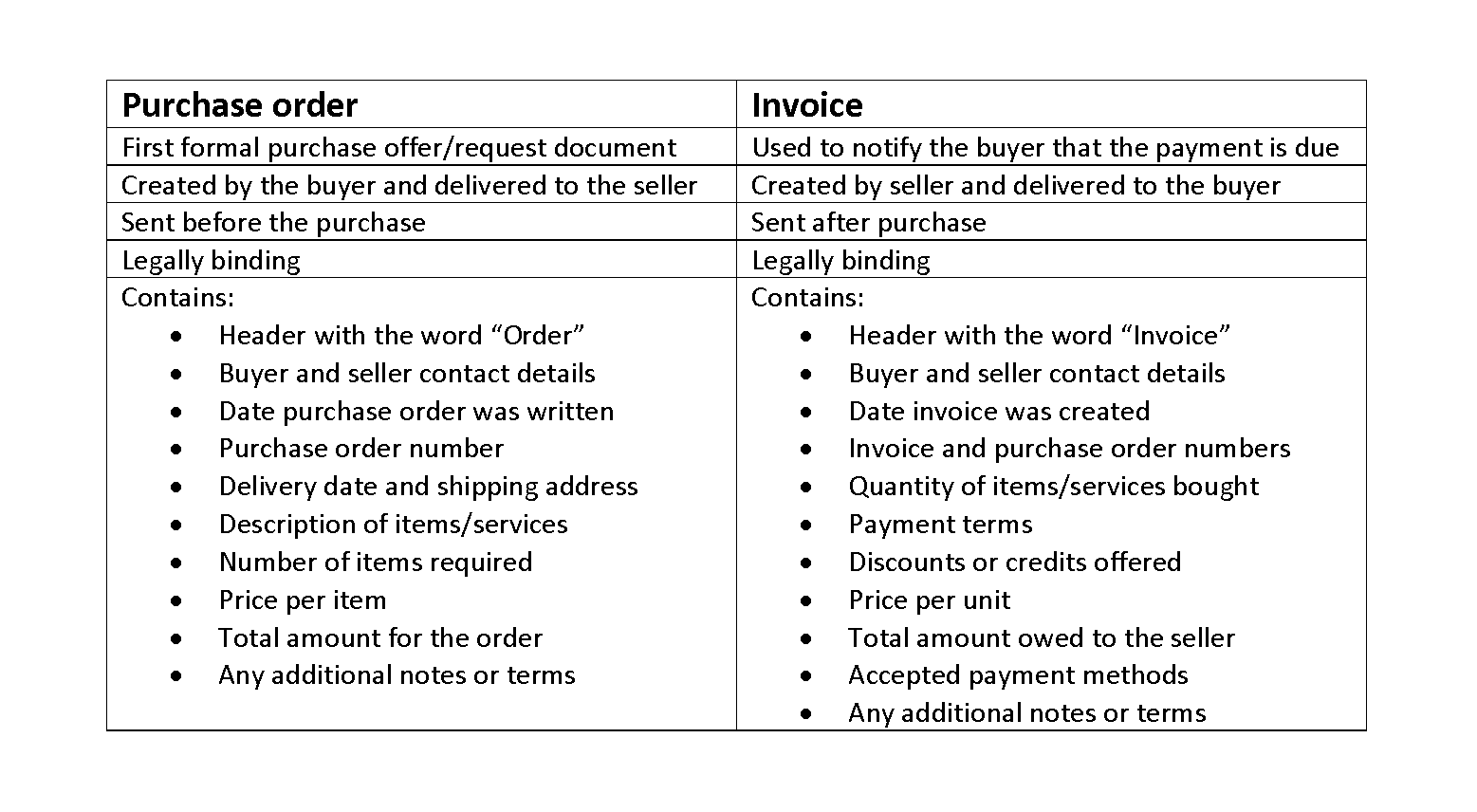A comparison of ACH payments and electronic transfers

A wire transfer moves funds electronically between accounts at different financial institutions. EFT is a broad term that encompasses various types of electronic transfers, including direct deposits, ATM transactions, and online bill payments. Unlike wire transfers, EFTs are typically used for regular, day-to-day transactions and can involve transfers within the same bank or different financial institutions.
- Individuals and businesses can use electronic transfers to move money to one or more accounts, unlike the one-to-one nature of wire transfers.
- Once the details are verified, the funds are sent directly from your bank account to the recipient’s account, usually within the same day or by the next business day.
- Wire transfers can be sent and received almost anywhere in the world, as long as both parties have bank accounts.
- To initiate a wire transfer, the sender provides the bank with the recipient’s bank account details, including the account number and routing information.
- Electronic transfers can take anywhere from a few hours to a few days to complete.
- Instead, opt for complex passwords that include a mix of letters, numbers, and special characters.
How To Make An ACH Electronic Payment
EFTs streamline financial transactions, reducing reliance on paper-based methods and offering convenience, speed, and security. They play a crucial role in modern banking and commerce, enabling efficient money management and facilitating economic activities globally. The entity desiring to make a transfer visits a bank and instructs the bank to transfer a specific amount of money. IBAN and BIC numbers are often provided as well so that the bank understands where the money should be routed.
Exploring the Basics: Wire Transfers vs. Electronic Funds Transfers

By recognizing the characteristics of each method, users can select the most suitable option for their financial needs. Accept payments online, in person, and around the world with a payments solution built for any business – from scaling startups to global enterprises. Payment networks such as Visa and Mastercard have developed technologies such as tokenization, biometrics, EMV chips, and predictive analytics to combat cyber fraud. ATMs may go offline, resulting in a loss of connectivity to customer accounts and important updates on issues such as stolen cards. In the other states, the program is sponsored by Community Federal Savings Bank, to which we’re a service provider. You can send cryptocurrencies like Bitcoin to anyone with a secure digital wallet.
- Electronic transfers, also known as e-transfers or electronic funds transfers (EFTs), encompass a broad category of financial transactions conducted over electronic networks.
- Both wire transfers and EFTs offer secure methods of transferring funds, but it’s crucial to take additional precautions to protect your financial information.
- An EFT moves money electronically from one bank account to another, instead of using cash or checks.
- Wire transfers often move money between accounts separated by large distances.
Types of Payments
The main difference between a wire transfer and an electronic funds transfer (EFT) lies in the processing timeframes, fees, types of payments, transfer limits, and security. Both methods are secure forms of electronic payment, but they serve different purposes and have distinct characteristics. The speed of electronic transfers depends on several factors, such as the banks involved and the location of the recipient. Electronic transfers can take anywhere from a few hours to a few days to complete. If there are technical issues with the bank’s website or mobile app, the transfer may not go through. Thirdly, electronic transfers may require the sender and recipient to have accounts with the same bank or payment service.
Differences Between Electronic Funds Transfer and Wire Transfer
50% of Wise payments are instant¹ — and you’ll always see exactly what your recipient will receive, with no hidden charges or surprise fees². By implementing these additional security measures, you can enhance the protection of your Bookstime financial information and minimize the risk of falling victim to fraudulent activities. Regularly update your passwords and avoid using the same password across multiple accounts. Changing your passwords periodically helps mitigate the risk of unauthorized access due to data breaches or security vulnerabilities.


Knowing exactly what type of transfer you’d like to make will help you decide whether a wire transfer or other EFT would be better for your needs. A wire transfer is the electronic transfer of funds payroll from one bank account to another. As wire transfers are a type of EFT, there’s no physical transfer of money or checks.
- The funds are electronically debited from the sender’s account and deposited into the recipient’s account, usually within a few business days.
- With electronic transfers, there is less risk of lost or stolen checks, as well as reduced chances of human error in processing payments.
- One key advantage of paper routing numbers is that they are static and rarely change.
- Similarly, bank wire transfers ask that both the sender and receiver have their own registered bank accounts, which often involve identity verification to prevent fraudulent activity.
- An electronic funds transfer, or EFT, refers to the movement of funds from one account to another electronically.
- Unicorn Group is a top-tier online payment platform and payment gateway services provider based in Switzerland providing innovative online payment solutions for Swiss merchants.
Wire transfers are typically faster for international transactions but may involve higher fees and less favorable exchange rates compared to some EFT services. When it comes to transferring funds, the digital age offers a plethora of options. Among these, wire transfers and Electronic Funds Transfers (EFTs) stand out as popular choices. In this comprehensive guide, we’ll delve into the nuances of wire transfers versus EFTs, helping you make informed decisions for your financial transactions. If you’re sending a one-off transfer to a friend, a wire transfer may be the best method.

In this comprehensive guide, we’ll delve into the nuances of wire transfers versus electronic transfers, helping you choose the right option for your financial needs. Electronic transfers usually incur minimal fees, making them an economical choice for users. Banks may offer free electronic transfer options or wire transfer vs electronic transfer charge nominal rates, especially for local transactions. In contrast, wire transfers come with higher fees, particularly for international transactions, which can range from $15 to $50 or more, depending on the banks involved and the transfer amount.


